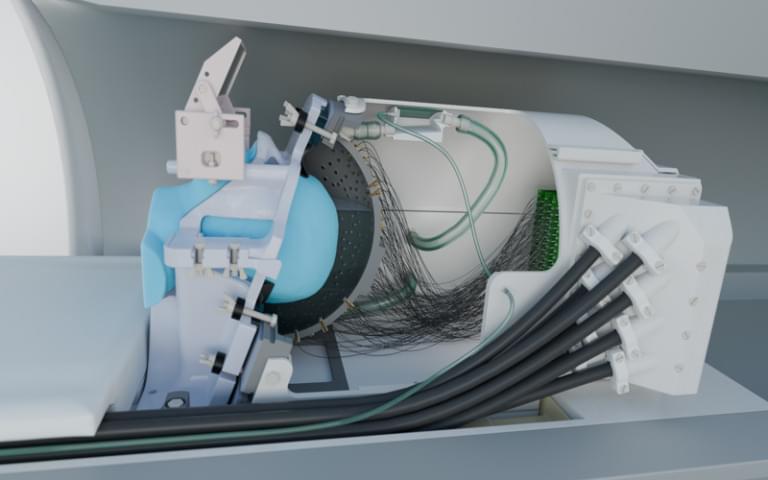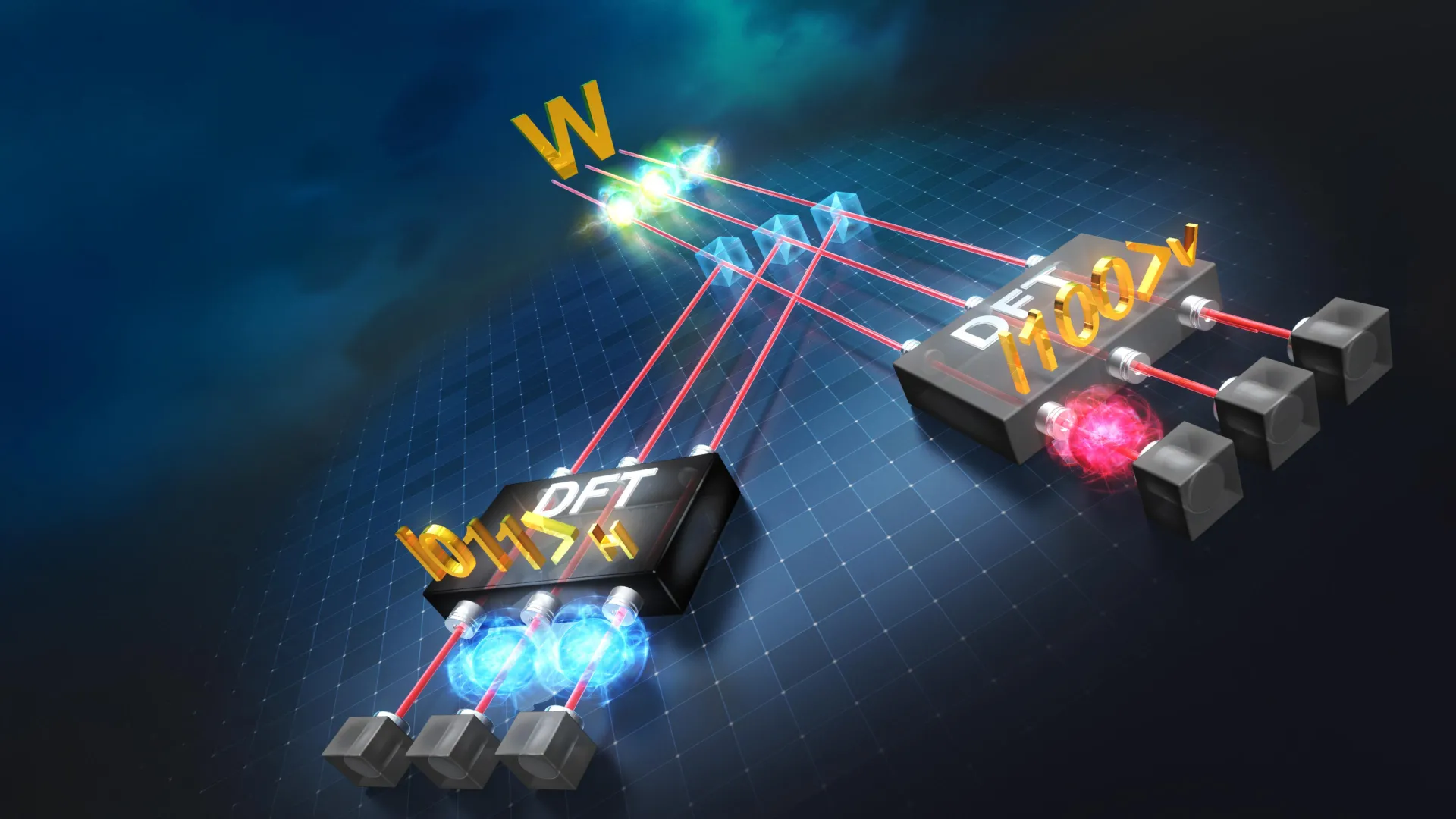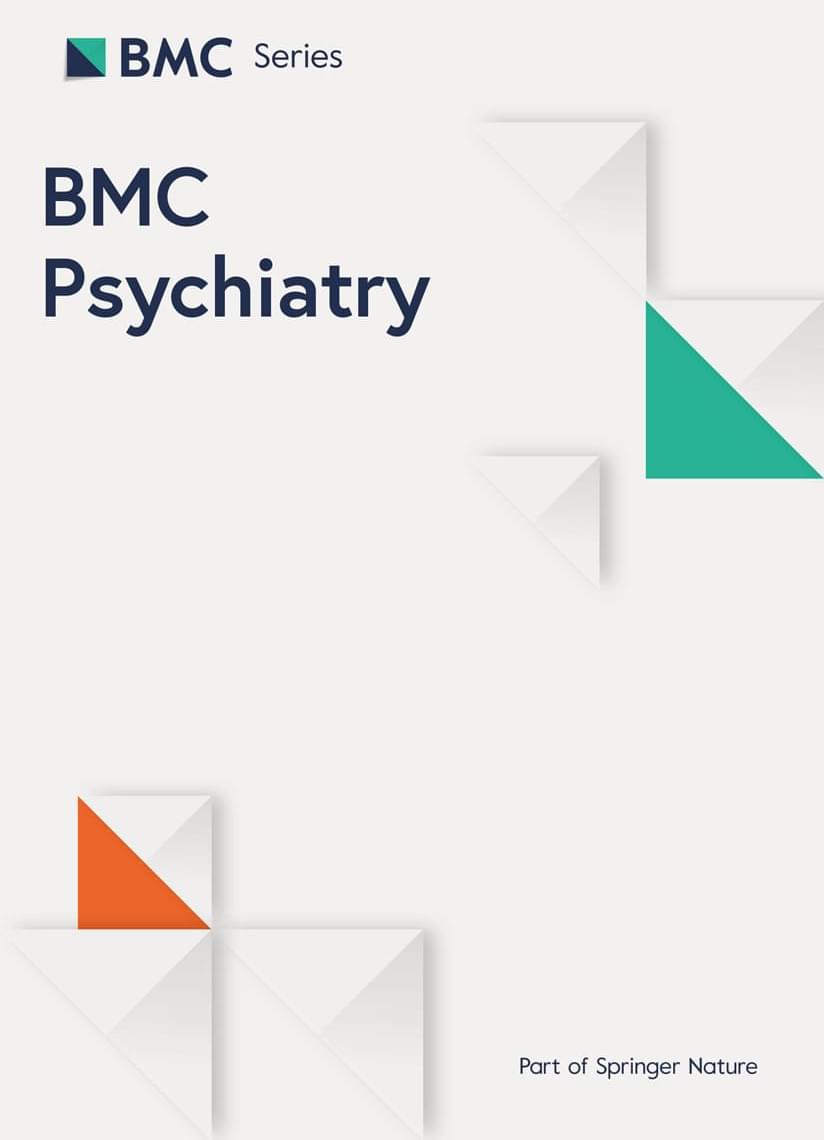Fire kills nearly 3,700 Americans annually and destroys $23 billion in property, with many deaths occurring because traditional smoke detectors fail to alert occupants in time.
Now, the NYU Fire Research Group at NYU Tandon School of Engineering has developed an artificial intelligence system that could significantly improve fire safety by detecting fires and smoke in real-time using ordinary security cameras already installed in many buildings.
Published in the IEEE Internet of Things, the research demonstrates a system that can analyze video footage and identify fires within 0.016 seconds per frame—faster than the blink of an eye—potentially providing crucial extra minutes for evacuation and emergency response. Unlike conventional smoke detectors that require significant smoke buildup and proximity to activate, this AI system can spot fires in their earliest stages from video alone.





